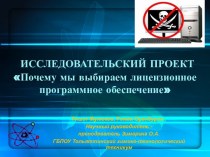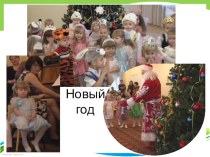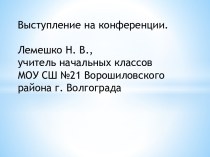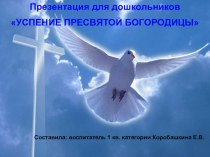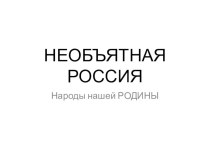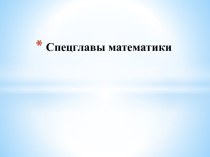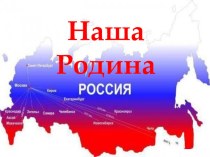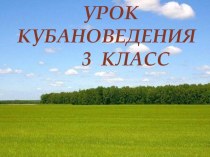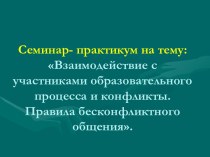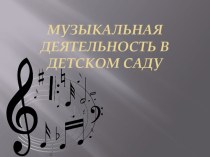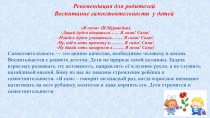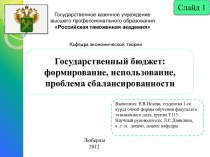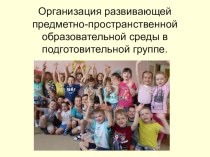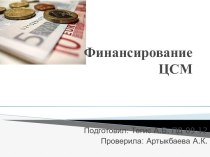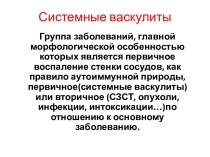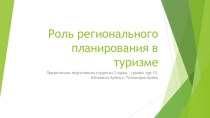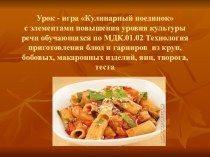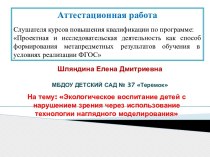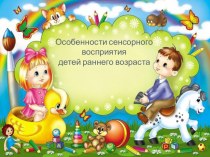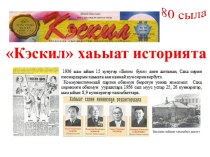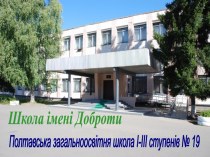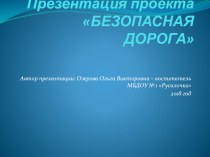- Главная
- Разное
- Бизнес и предпринимательство
- Образование
- Развлечения
- Государство
- Спорт
- Графика
- Культурология
- Еда и кулинария
- Лингвистика
- Религиоведение
- Черчение
- Физкультура
- ИЗО
- Психология
- Социология
- Английский язык
- Астрономия
- Алгебра
- Биология
- География
- Геометрия
- Детские презентации
- Информатика
- История
- Литература
- Маркетинг
- Математика
- Медицина
- Менеджмент
- Музыка
- МХК
- Немецкий язык
- ОБЖ
- Обществознание
- Окружающий мир
- Педагогика
- Русский язык
- Технология
- Физика
- Философия
- Химия
- Шаблоны, картинки для презентаций
- Экология
- Экономика
- Юриспруденция
Что такое findslide.org?
FindSlide.org - это сайт презентаций, докладов, шаблонов в формате PowerPoint.
Обратная связь
Email: Нажмите что бы посмотреть
Презентация на тему 1. the notion of style in functional stylistics2. style, norm, function3. language varieties4. an overview of functional style systems
Содержание
- 2. 1. The notion of style in
- 3. D.Crystal 1) ‘style’ refers to the distinctive
- 4. T.A.Znamenskaya 1) A variety of the national
- 5. The literary norm Any national language
- 6. The literary norm The language system
- 7. Is the literary norm a homogeneous entity?The
- 8. the norm variationThe norm of the language
- 9. Language varieties“The English language is not a
- 10. Language varietiesThe English language can be seen
- 11. Regional varietyEnglish is considered mother tongue in
- 12. Social varietyThe social background of individuals may
- 13. Occupational varietyAny professional field could serve as
- 14. An overview of functional style systems I.
- 15. An overview of functional style systems3. Newspaper Style:brief
- 16. An overview of functional style systemsIn 1960
- 17. An overview of functional style systemsI. V.
- 18. An overview of functional style systemsAnother classification
- 19. Text 1It has long been known that
- 20. Text 2Wal-Mart told to raise German prices
- 21. Скачать презентацию
- 22. Похожие презентации
1. The notion of style in functional stylistics 2. Style, norm, function 3. Language varieties 4. An overview of functional style systems
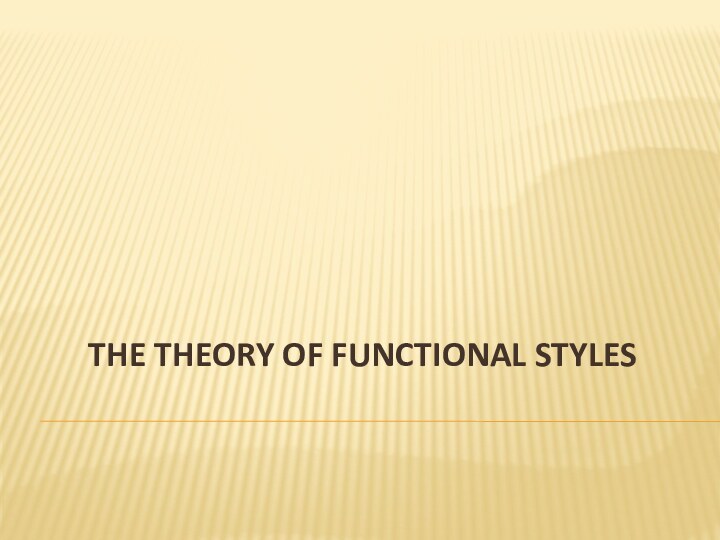
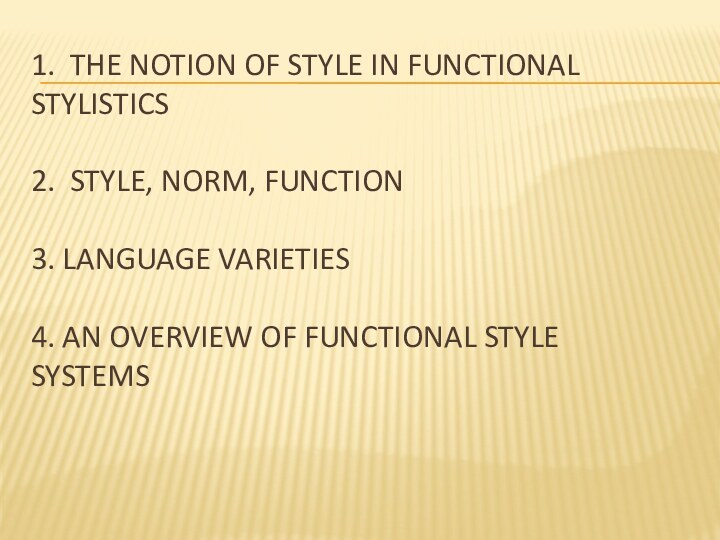
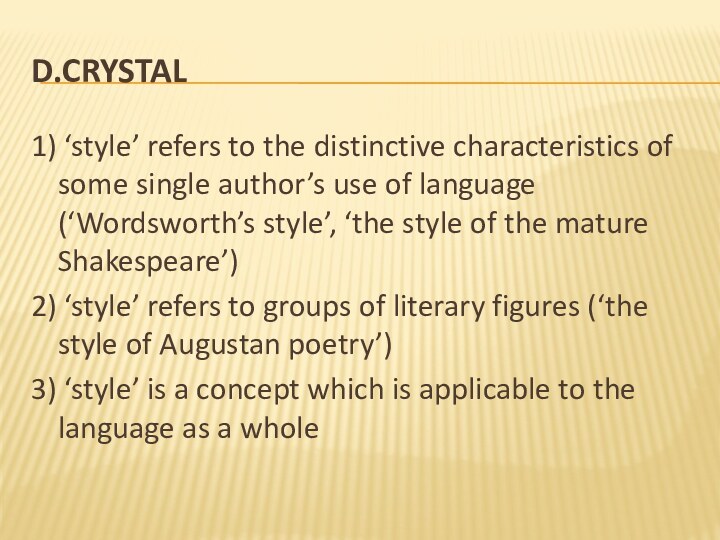
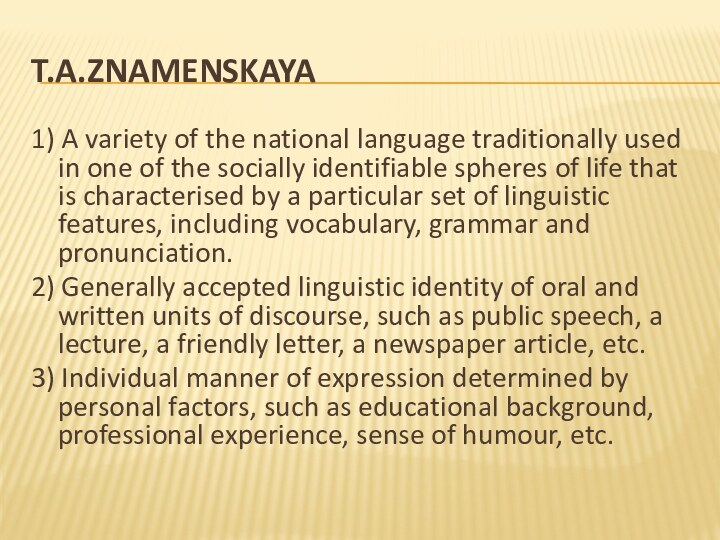
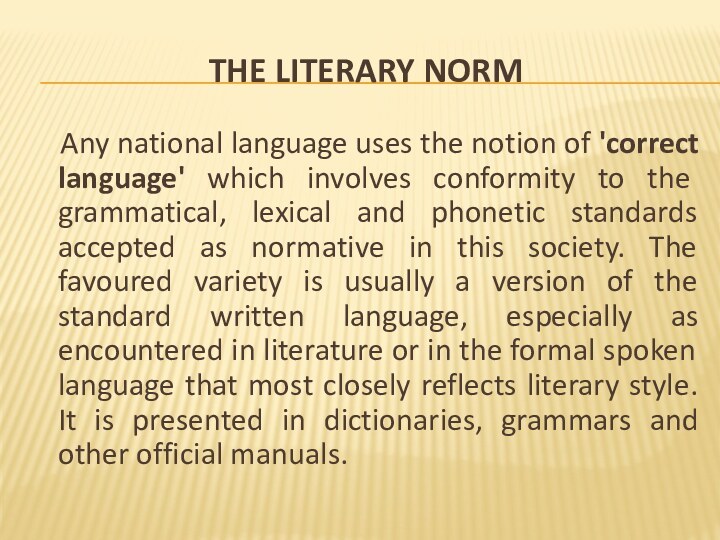
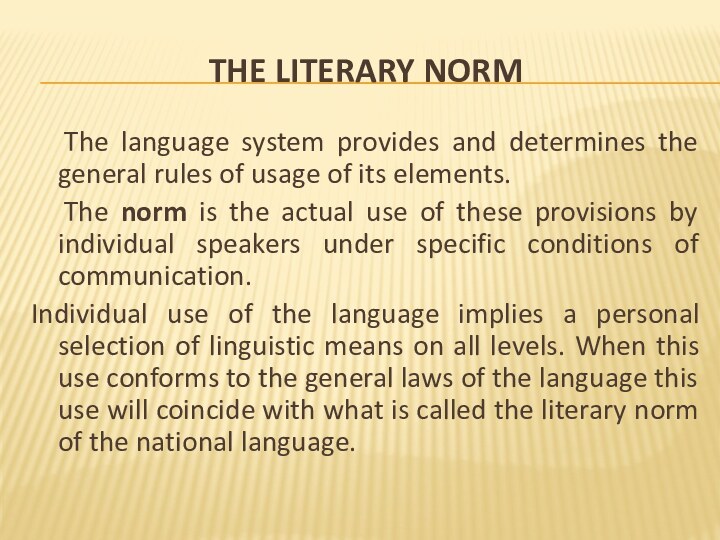
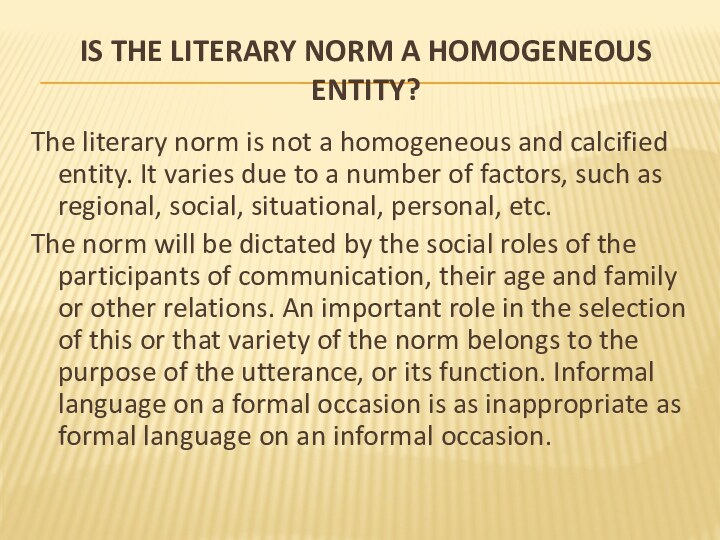
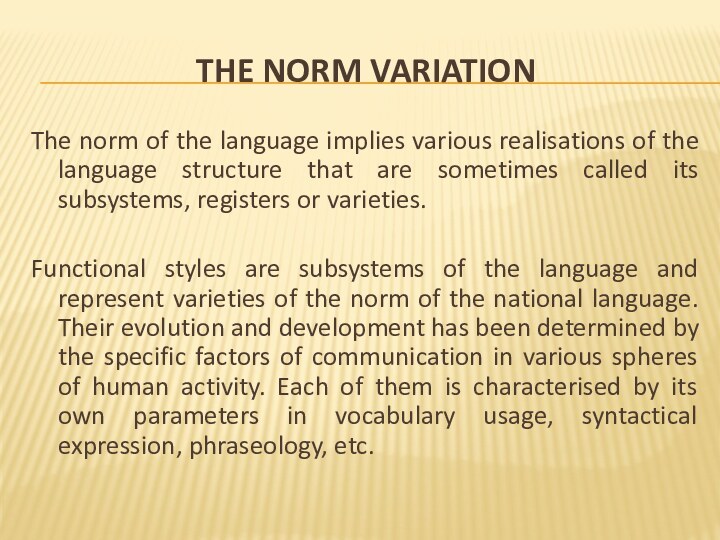
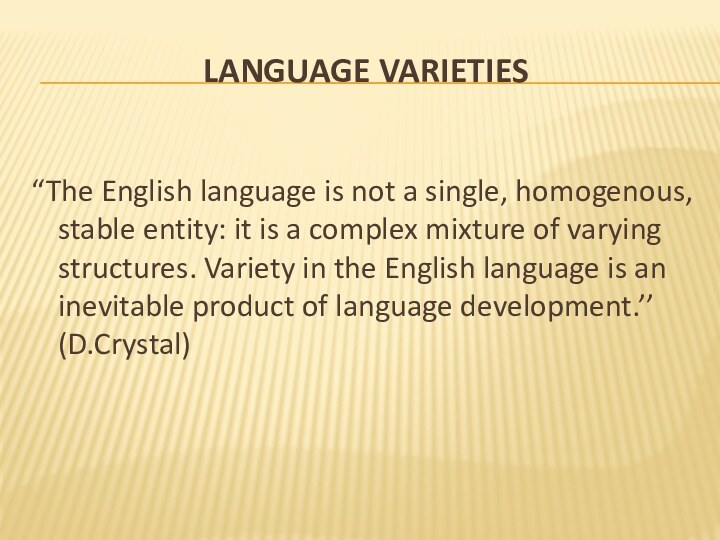
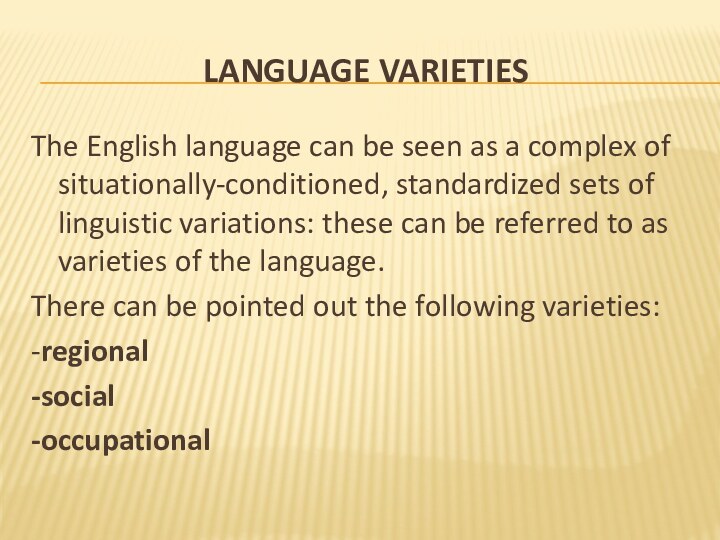
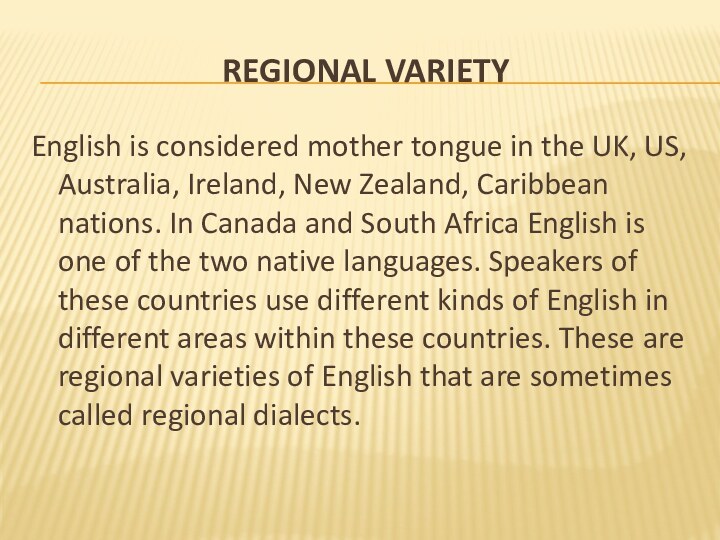
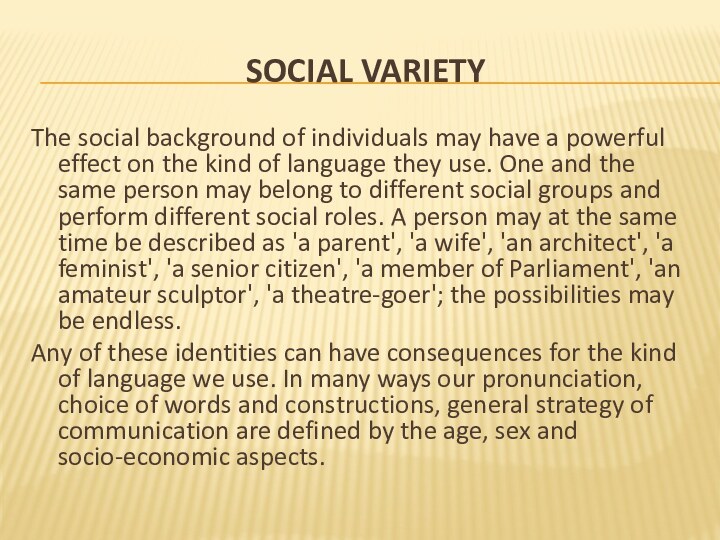
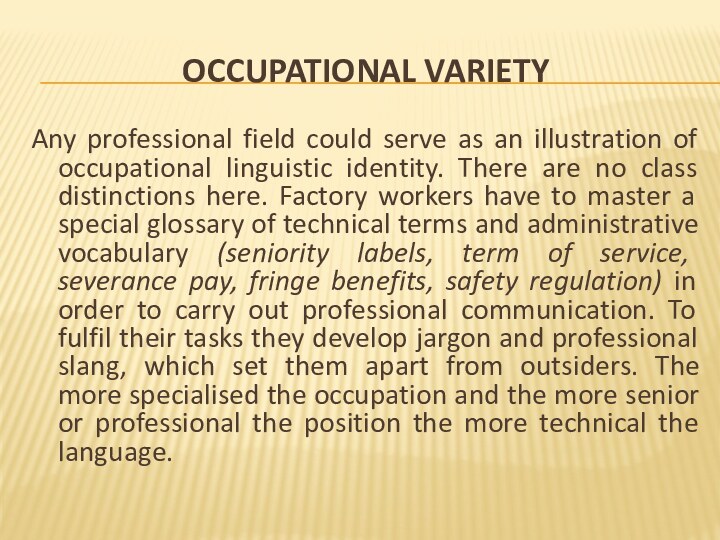
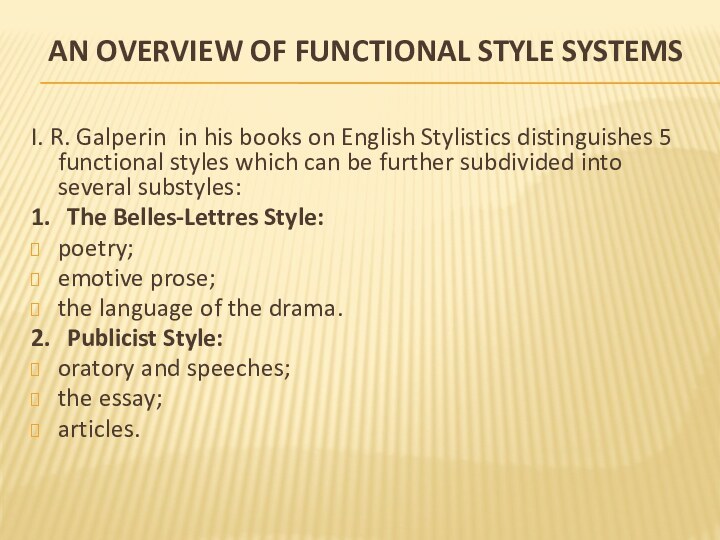
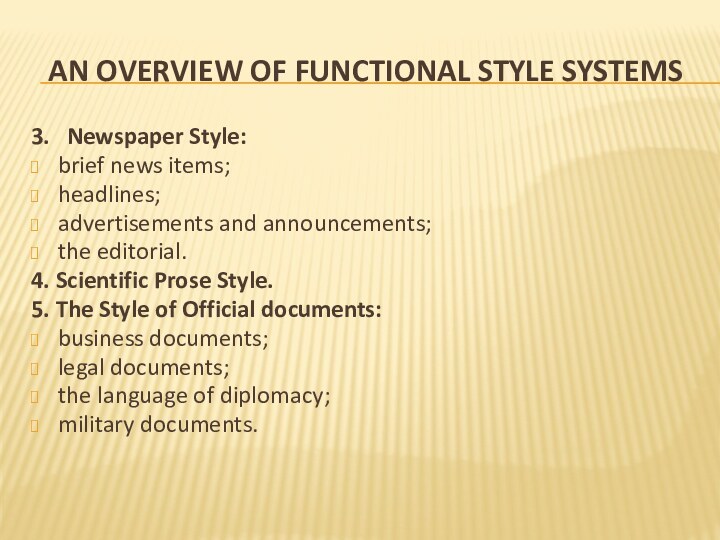
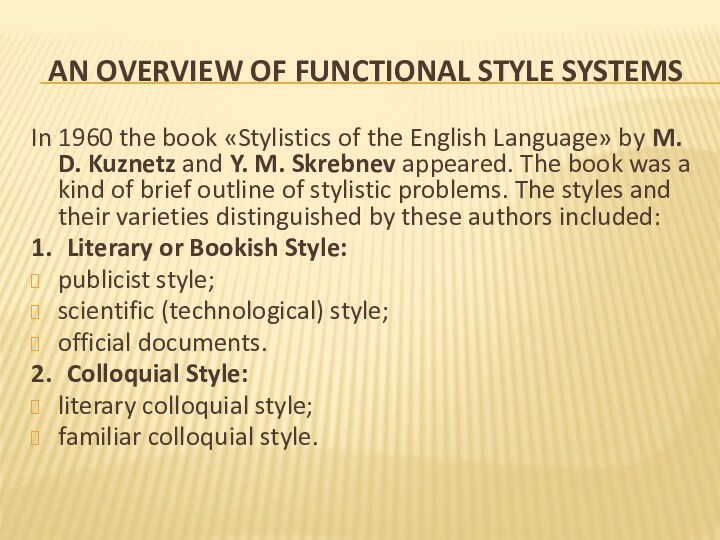
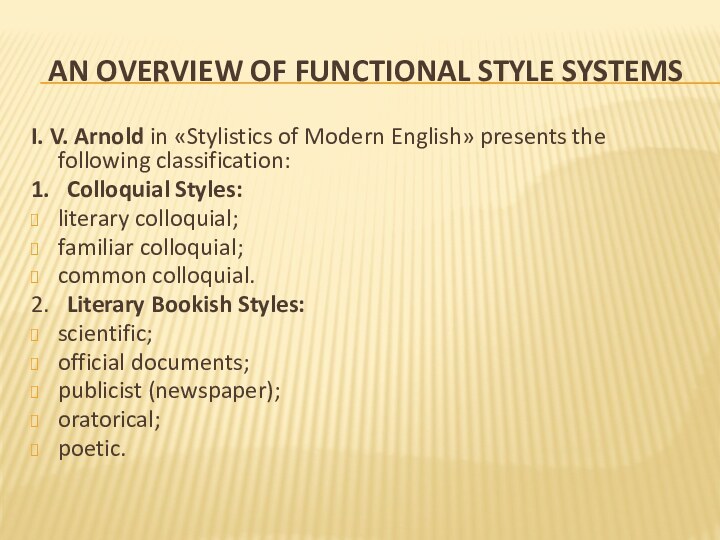

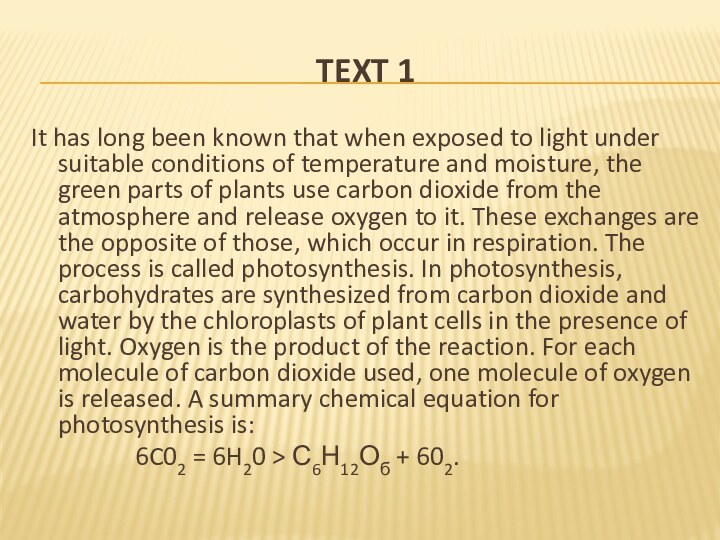
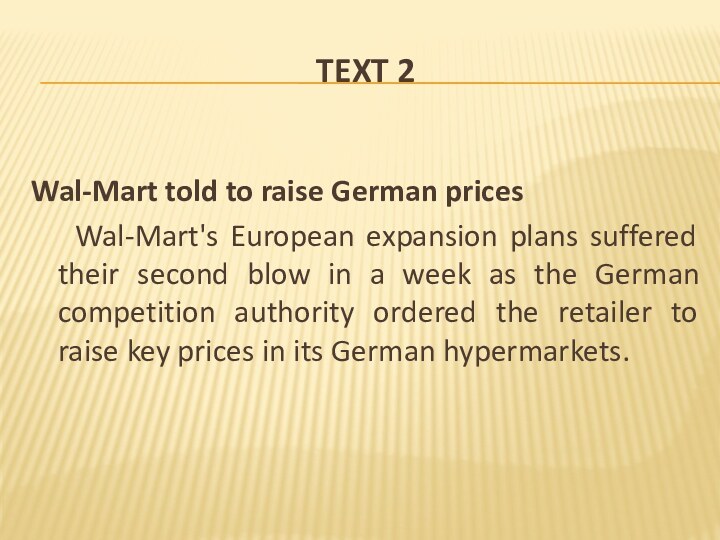

Слайд 3
D.Crystal
1) ‘style’ refers to the distinctive characteristics
of some single author’s use of language (‘Wordsworth’s style’,
‘the style of the mature Shakespeare’)2) ‘style’ refers to groups of literary figures (‘the style of Augustan poetry’)
3) ‘style’ is a concept which is applicable to the language as a whole
Слайд 4
T.A.Znamenskaya
1) A variety of the national language
traditionally used in one of the socially identifiable spheres
of life that is characterised by a particular set of linguistic features, including vocabulary, grammar and pronunciation.2) Generally accepted linguistic identity of oral and written units of discourse, such as public speech, a lecture, a friendly letter, a newspaper article, etc.
3) Individual manner of expression determined by personal factors, such as educational background, professional experience, sense of humour, etc.
Слайд 5
The literary norm
Any national language uses
the notion of 'correct language' which involves conformity to
the grammatical, lexical and phonetic standards accepted as normative in this society. The favoured variety is usually a version of the standard written language, especially as encountered in literature or in the formal spoken language that most closely reflects literary style. It is presented in dictionaries, grammars and other official manuals.
Слайд 6
The literary norm
The language system provides
and determines the general rules of usage of its
elements.The norm is the actual use of these provisions by individual speakers under specific conditions of communication.
Individual use of the language implies a personal selection of linguistic means on all levels. When this use conforms to the general laws of the language this use will coincide with what is called the literary norm of the national language.
Слайд 7
Is the literary norm a homogeneous entity?
The literary
norm is not a homogeneous and calcified entity. It
varies due to a number of factors, such as regional, social, situational, personal, etc.The norm will be dictated by the social roles of the participants of communication, their age and family or other relations. An important role in the selection of this or that variety of the norm belongs to the purpose of the utterance, or its function. Informal language on a formal occasion is as inappropriate as formal language on an informal occasion.
Слайд 8
the norm variation
The norm of the language implies
various realisations of the language structure that are sometimes
called its subsystems, registers or varieties.Functional styles are subsystems of the language and represent varieties of the norm of the national language. Their evolution and development has been determined by the specific factors of communication in various spheres of human activity. Each of them is characterised by its own parameters in vocabulary usage, syntactical expression, phraseology, etc.
Слайд 9
Language varieties
“The English language is not a single,
homogenous, stable entity: it is a complex mixture of
varying structures. Variety in the English language is an inevitable product of language development.’’ (D.Crystal)
Слайд 10
Language varieties
The English language can be seen as
a complex of situationally-conditioned, standardized sets of linguistic variations:
these can be referred to as varieties of the language.There can be pointed out the following varieties:
-regional
-social
-occupational
Слайд 11
Regional variety
English is considered mother tongue in the
UK, US, Australia, Ireland, New Zealand, Caribbean nations. In
Canada and South Africa English is one of the two native languages. Speakers of these countries use different kinds of English in different areas within these countries. These are regional varieties of English that are sometimes called regional dialects.
Слайд 12
Social variety
The social background of individuals may have
a powerful effect on the kind of language they
use. One and the same person may belong to different social groups and perform different social roles. A person may at the same time be described as 'a parent', 'a wife', 'an architect', 'a feminist', 'a senior citizen', 'a member of Parliament', 'an amateur sculptor', 'a theatre-goer'; the possibilities may be endless.Any of these identities can have consequences for the kind of language we use. In many ways our pronunciation, choice of words and constructions, general strategy of communication are defined by the age, sex and socio-economic aspects.
Слайд 13
Occupational variety
Any professional field could serve as an
illustration of occupational linguistic identity. There are no class
distinctions here. Factory workers have to master a special glossary of technical terms and administrative vocabulary (seniority labels, term of service, severance pay, fringe benefits, safety regulation) in order to carry out professional communication. To fulfil their tasks they develop jargon and professional slang, which set them apart from outsiders. The more specialised the occupation and the more senior or professional the position the more technical the language.
Слайд 14
An overview of functional style systems
I. R. Galperin
in his books on English Stylistics distinguishes 5 functional
styles which can be further subdivided into several substyles:1. The Belles-Lettres Style:
poetry;
emotive prose;
the language of the drama.
2. Publicist Style:
oratory and speeches;
the essay;
articles.
Слайд 15
An overview of functional style systems
3. Newspaper Style:
brief news
items;
headlines;
advertisements and announcements;
the editorial.
4. Scientific Prose Style.
5. The Style
of Official documents:business documents;
legal documents;
the language of diplomacy;
military documents.
Слайд 16
An overview of functional style systems
In 1960 the
book «Stylistics of the English Language» by M. D.
Kuznetz and Y. M. Skrebnev appeared. The book was a kind of brief outline of stylistic problems. The styles and their varieties distinguished by these authors included:1. Literary or Bookish Style:
publicist style;
scientific (technological) style;
official documents.
2. Colloquial Style:
literary colloquial style;
familiar colloquial style.
Слайд 17
An overview of functional style systems
I. V. Arnold
in «Stylistics of Modern English» presents the following classification:
1. Colloquial
Styles:literary colloquial;
familiar colloquial;
common colloquial.
2. Literary Bookish Styles:
scientific;
official documents;
publicist (newspaper);
oratorical;
poetic.
Слайд 18
An overview of functional style systems
Another classification of
functional styles was offered by A. N. Morokhovsky and
his co-authors O. P. Vorobyova, N. I. Liknosherst and Z. V. Timoshenko:Official business style.
Scientific-professional style.
Publicist style.
Literary colloquial style.
Familiar colloquial style.
Слайд 19
Text 1
It has long been known that when
exposed to light under suitable conditions of temperature and
moisture, the green parts of plants use carbon dioxide from the atmosphere and release oxygen to it. These exchanges are the opposite of those, which occur in respiration. The process is called photosynthesis. In photosynthesis, carbohydrates are synthesized from carbon dioxide and water by the chloroplasts of plant cells in the presence of light. Oxygen is the product of the reaction. For each molecule of carbon dioxide used, one molecule of oxygen is released. A summary chemical equation for photosynthesis is:6C02 = 6H20 > С6Н12Об + 602.
